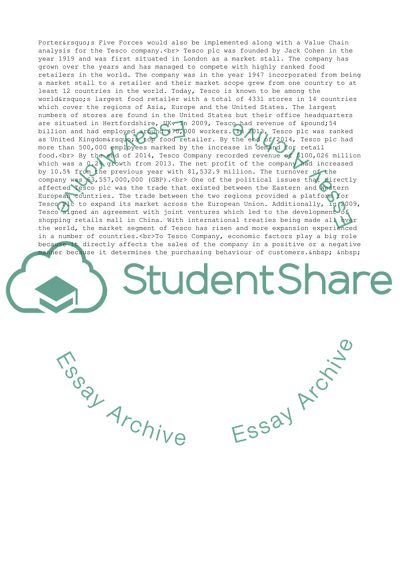Cite this document
(“Accountant in Business Coursework Example | Topics and Well Written Essays - 2000 words”, n.d.)
Retrieved from https://studentshare.org/business/1685132-accountant-in-business
Retrieved from https://studentshare.org/business/1685132-accountant-in-business
(Accountant in Business Coursework Example | Topics and Well Written Essays - 2000 Words)
https://studentshare.org/business/1685132-accountant-in-business.
https://studentshare.org/business/1685132-accountant-in-business.
“Accountant in Business Coursework Example | Topics and Well Written Essays - 2000 Words”, n.d. https://studentshare.org/business/1685132-accountant-in-business.


